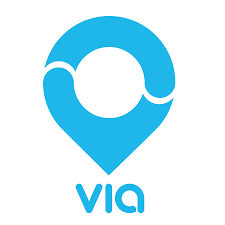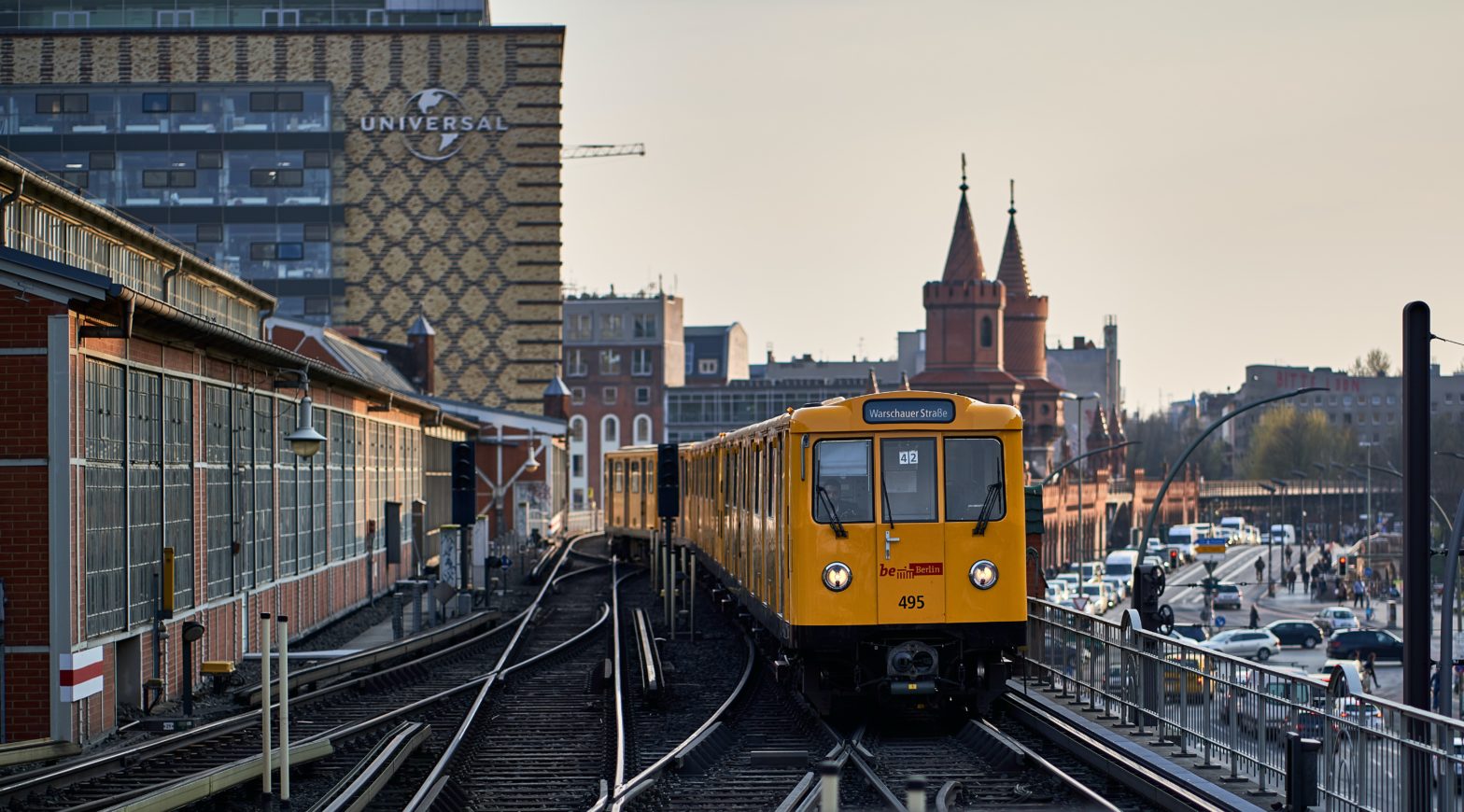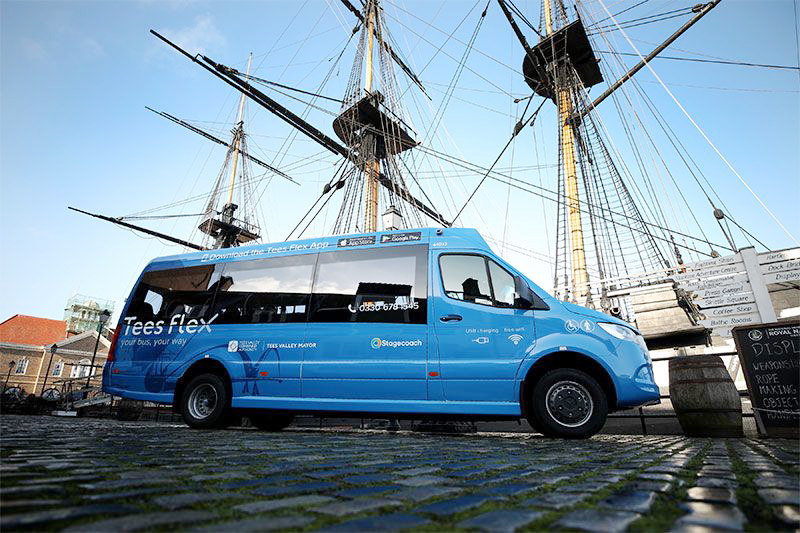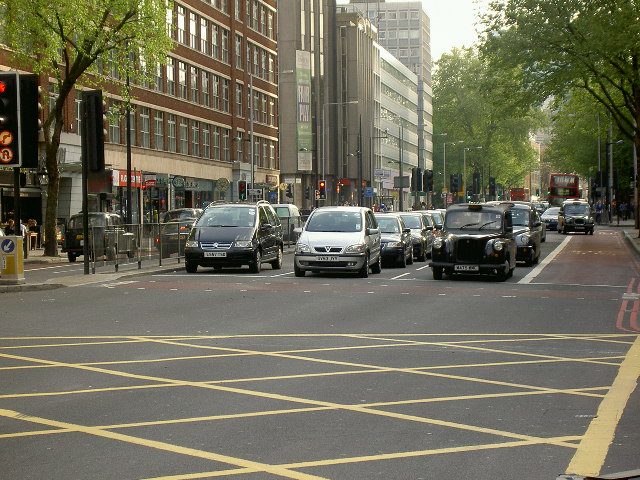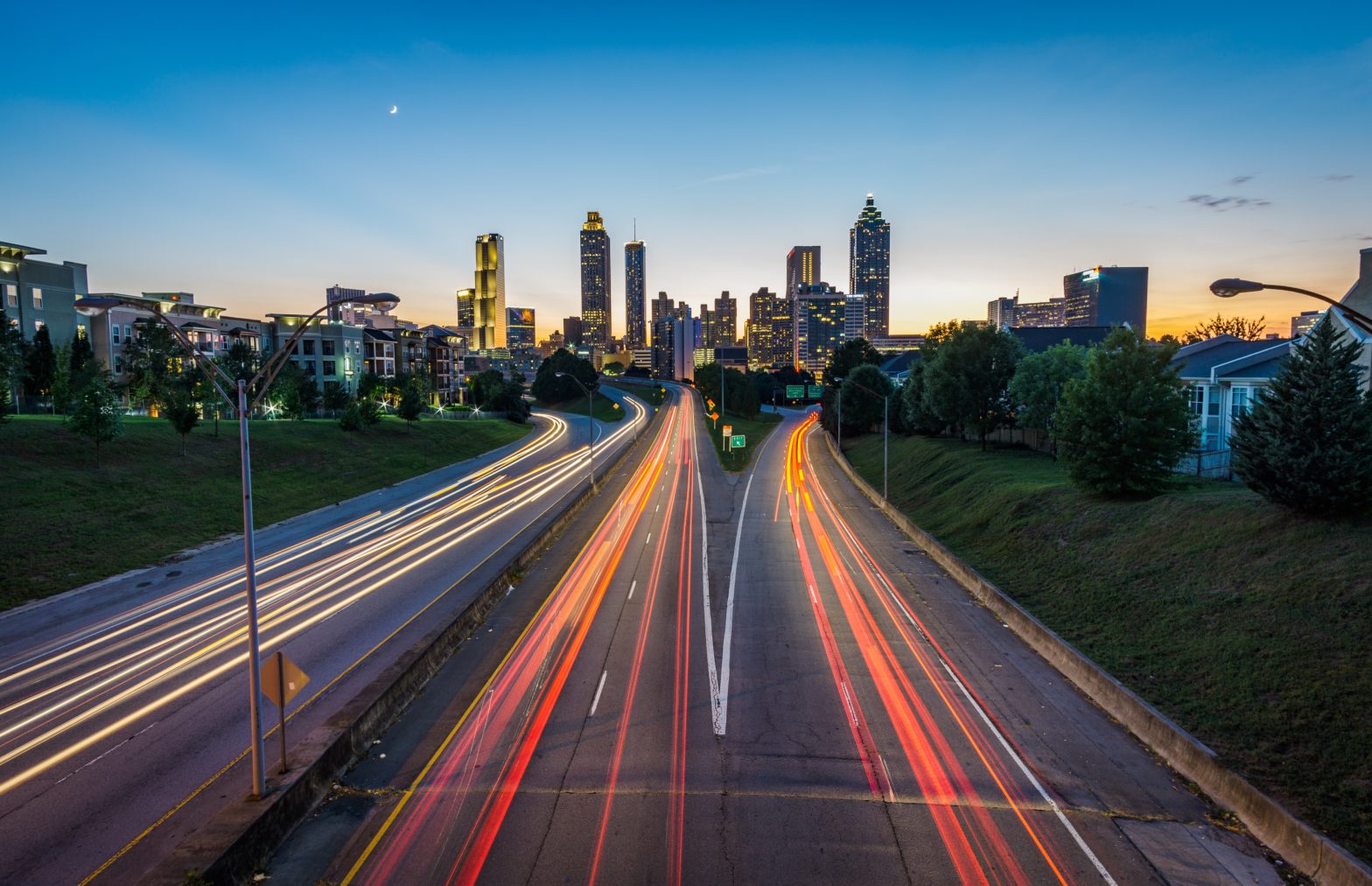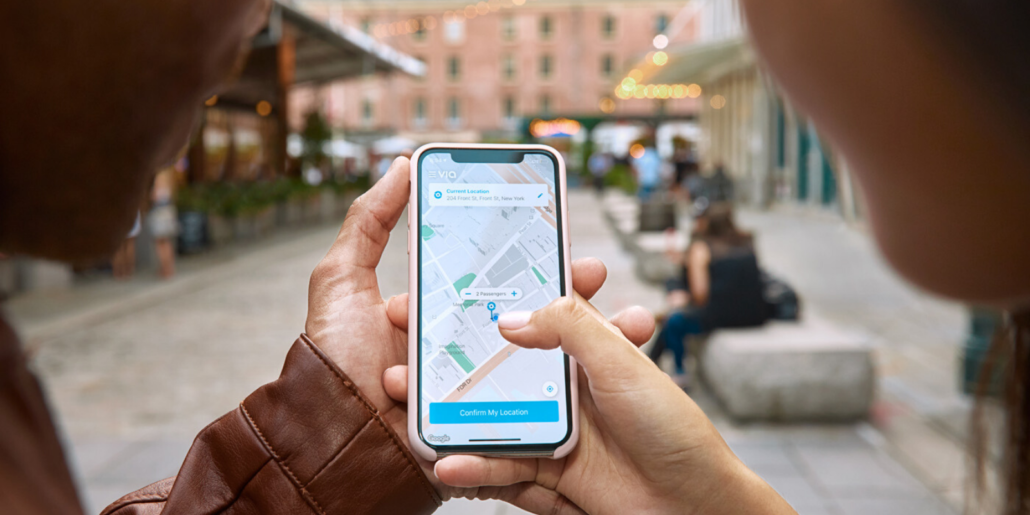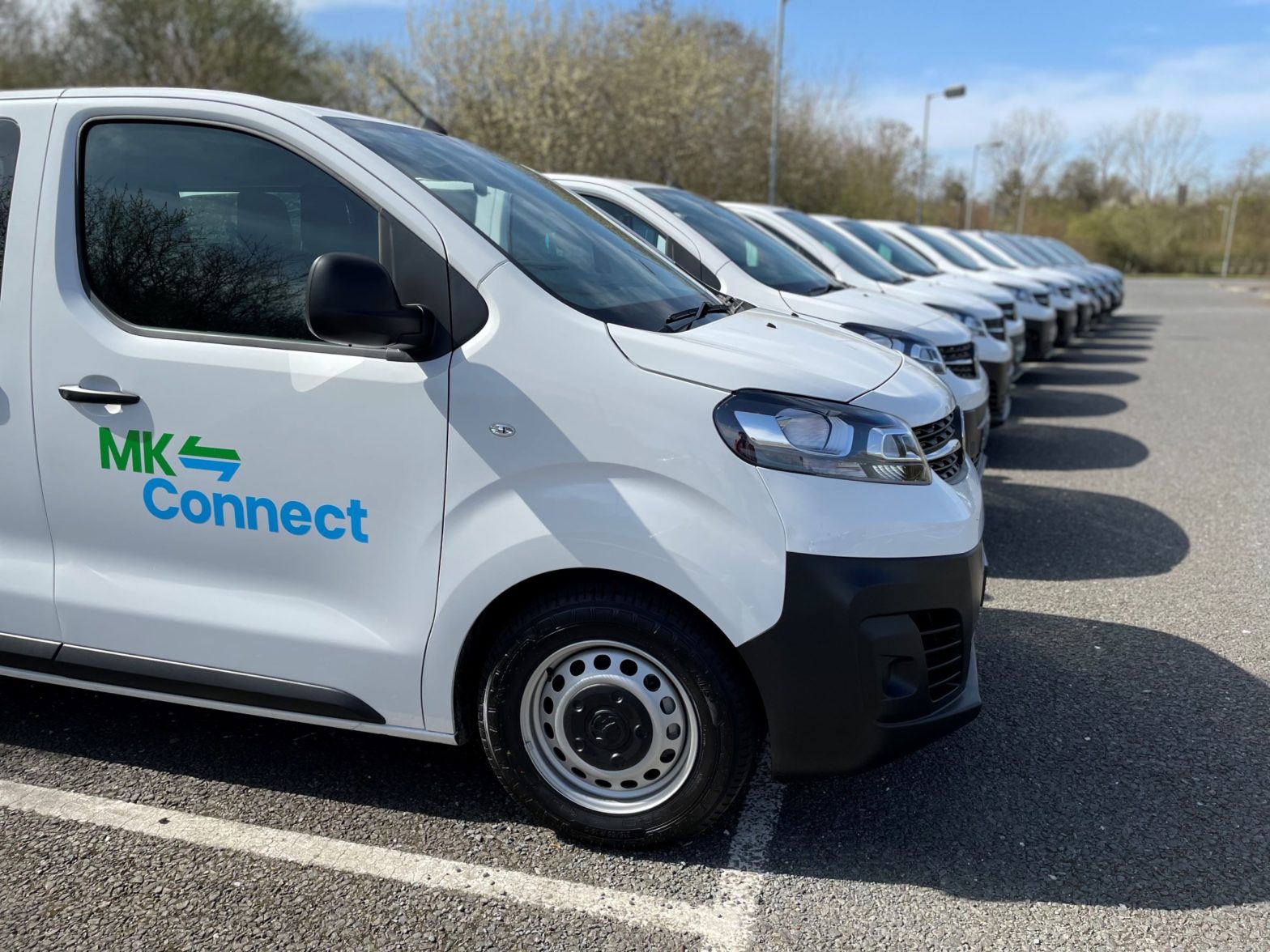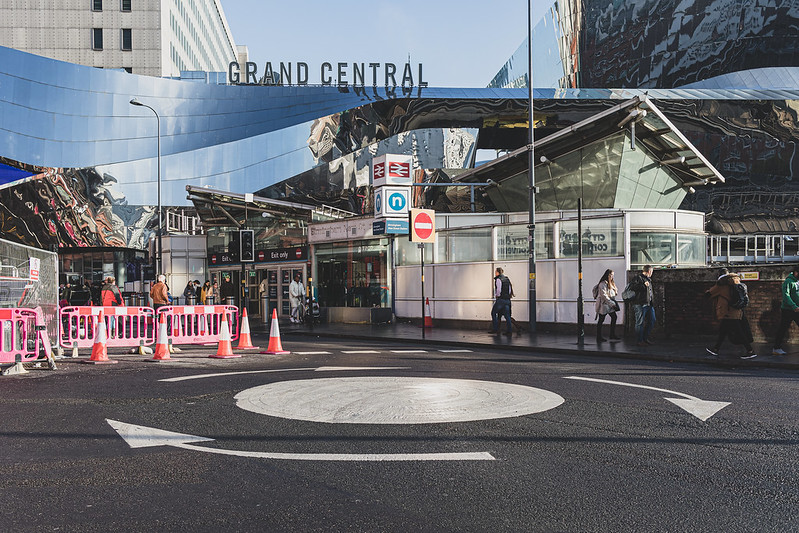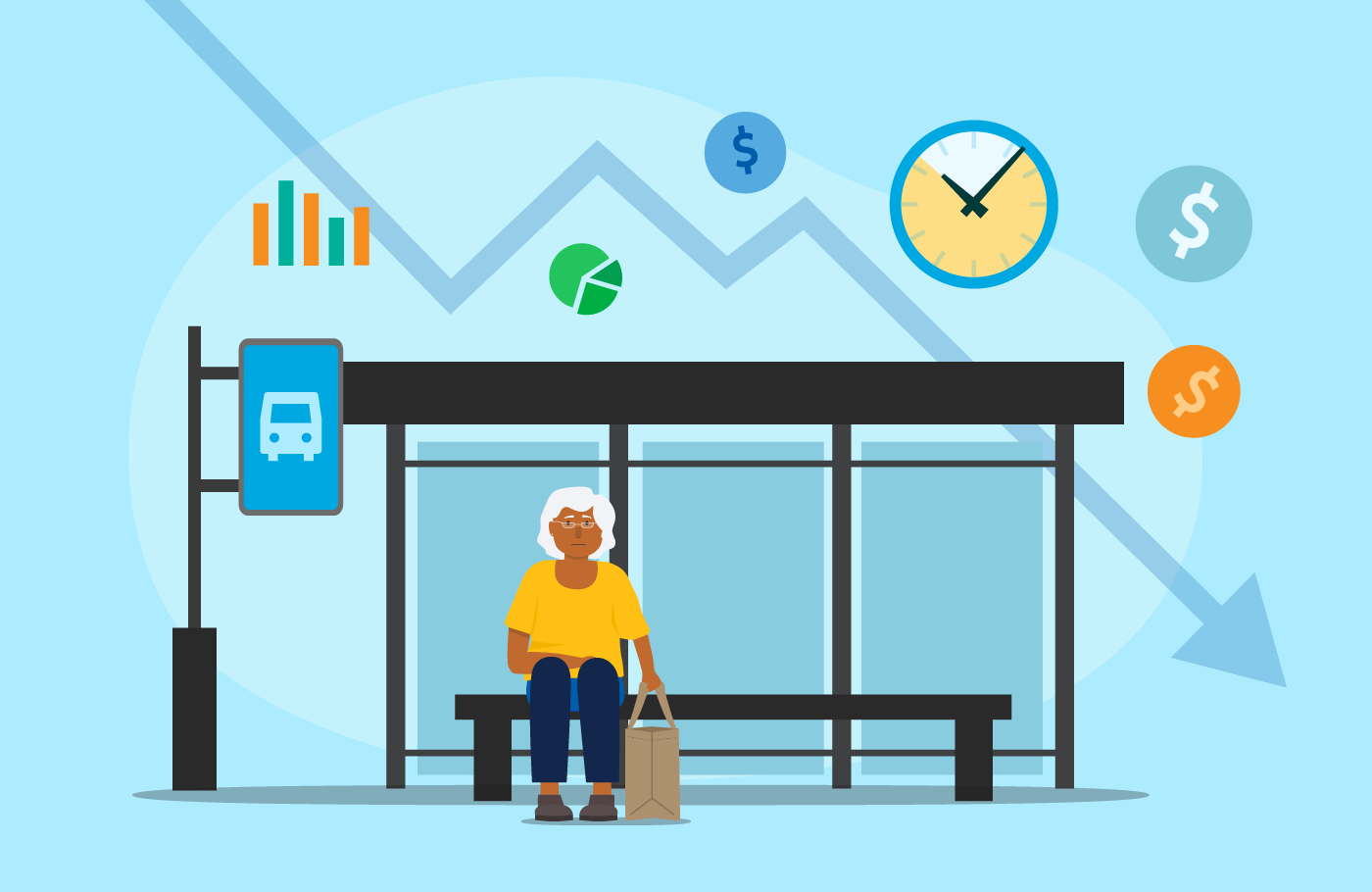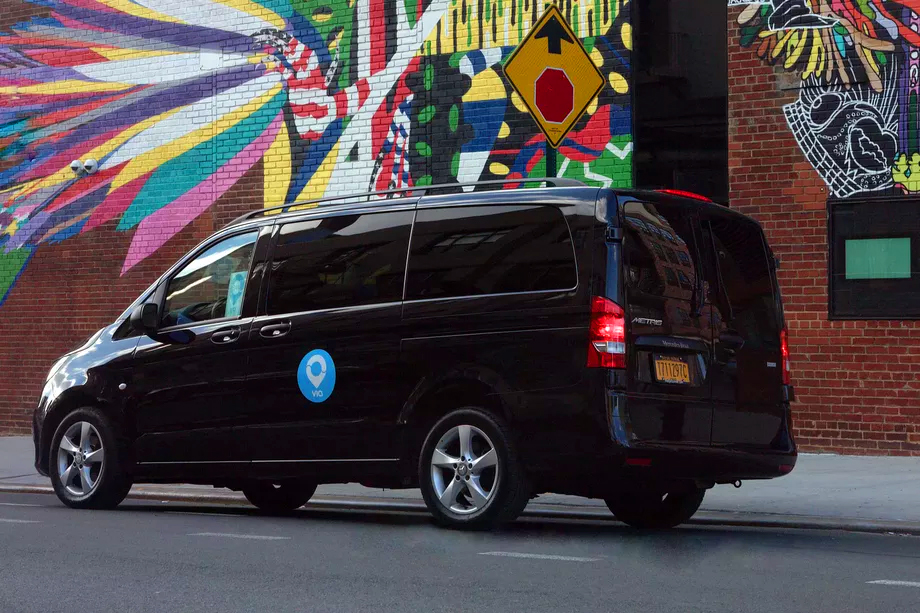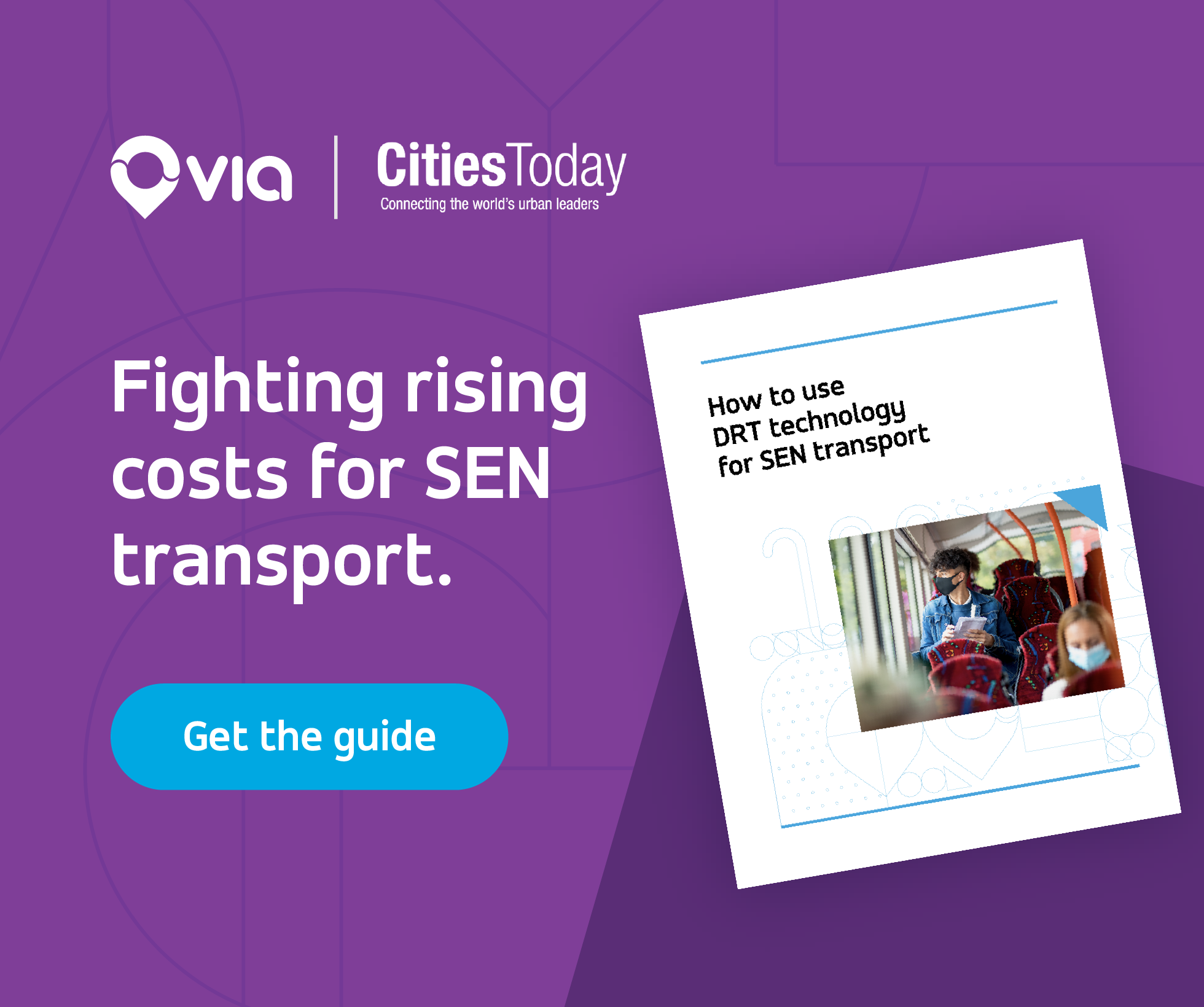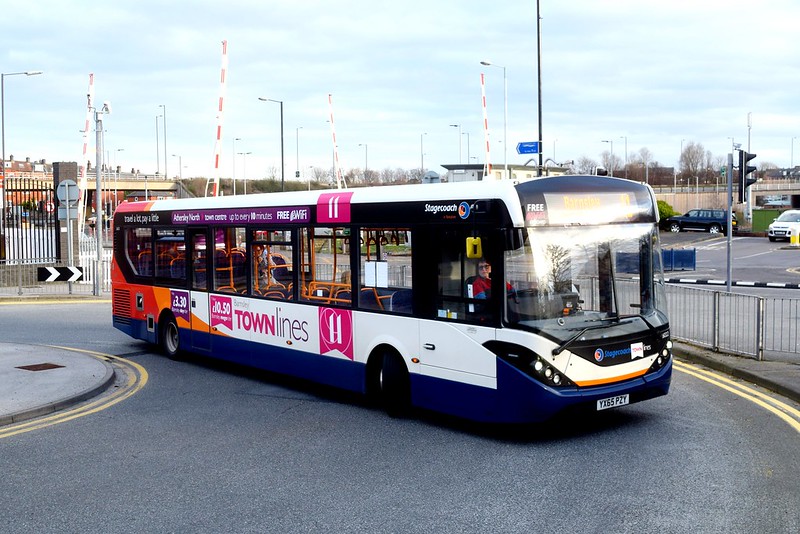
Photo: North West Transport Photos
England’s £2 bus fare cap is here: what happens next?
25 January 2023
In September, the UK government announced the introduction of a three-month fare cap on most bus services in England, starting earlier this month.
Spurred by concerns about the cost-of-living crisis, the Department for Transport said the £2 (US$2.47) cap – which is expected to cost £60 million – could save some passengers more than £3 for a single ticket.
“Buses are by far and away the most used form of public transport, so ensuring that almost all bus journeys are no more than £2 will assist passengers over the winter months and provide direct help to thousands of households across the country,” then Transport Secretary Grant Shapps said in September.
The fare cap will impact passengers differently, as bus fares vary considerably across the country and between bus operators. Without a cap, some passengers find themselves paying almost £6 for a single journey in rural areas.
According to the government, the new cap could save those people more than £60 a month if they took four single trips a week.
Will it work?
But what lessons (if any) can we learn from other countries that have capped fares?
Last summer, Germany embarked on one the boldest low-fare initiatives witnessed in Europe when it introduced a €9 (US$9.81) monthly public transport pass.
The ultra-cheap ticket gave people access to all regional train, metro and bus services across Germany, and significantly boosted ridership.
While an extensive study on the impact of the measure is yet to be released, early indications have been largely positive.
Germany’s Federal Statistical Office found that one-fifth of Germans used public transport regularly for the first time thanks to the €9 ticket.
It also revealed a 42 percent increase in rail travel through June and July compared with the same period in pre-COVID 2019.
Another interesting finding was the impact the ticket had on household budgets, considering that a monthly pass covering the centre of Berlin usually costs €86, while in Hamburg it’s €115. Cuts in transportation expenditure due to the €9 monthly pass helped trim rising inflation by up to two percent, according to a study by the Cologne Institute for Economic Research.
Back to reality?
After two months of going back to regular fares – and much public demand and political wrangling – the federal government has now agreed on introducing a €49-a-month permanent pass.
While not the €9 campaigners were pushing for, this is still a huge win.
The UK government will face a similar challenge when the £2 cap ends in March, so early planning on what will come next is crucial.
But cost isn’t the only obstacle – getting people onto public transport only works when the options are there, and are, most importantly, reliable. In some parts of the country, getting reliable transport in reach of everyone may require thinking outside of the usual bus and rail paradigm.
“People in rural areas are often the most difficult to serve with transport,” said Chris Snyder, the European CEO of transport technology firm Via. “But we’ve had success getting more people into transport, and out of private cars, when we bring more flexible, demand-responsive solutions to them.”
Snyder shared that the passengers of the company’s fflecsi service, with 11 demand-responsive transport (DRT) zones across rural Wales, report trying public transport for the first time and leaving their cars behind: nine percent of passengers had never used a bus service before, and 73 percent of car-owning passengers reported using their cars less.
Even when faced with rising petrol prices, people won’t give up their cars if they can’t rely on a bus to get them to work.


